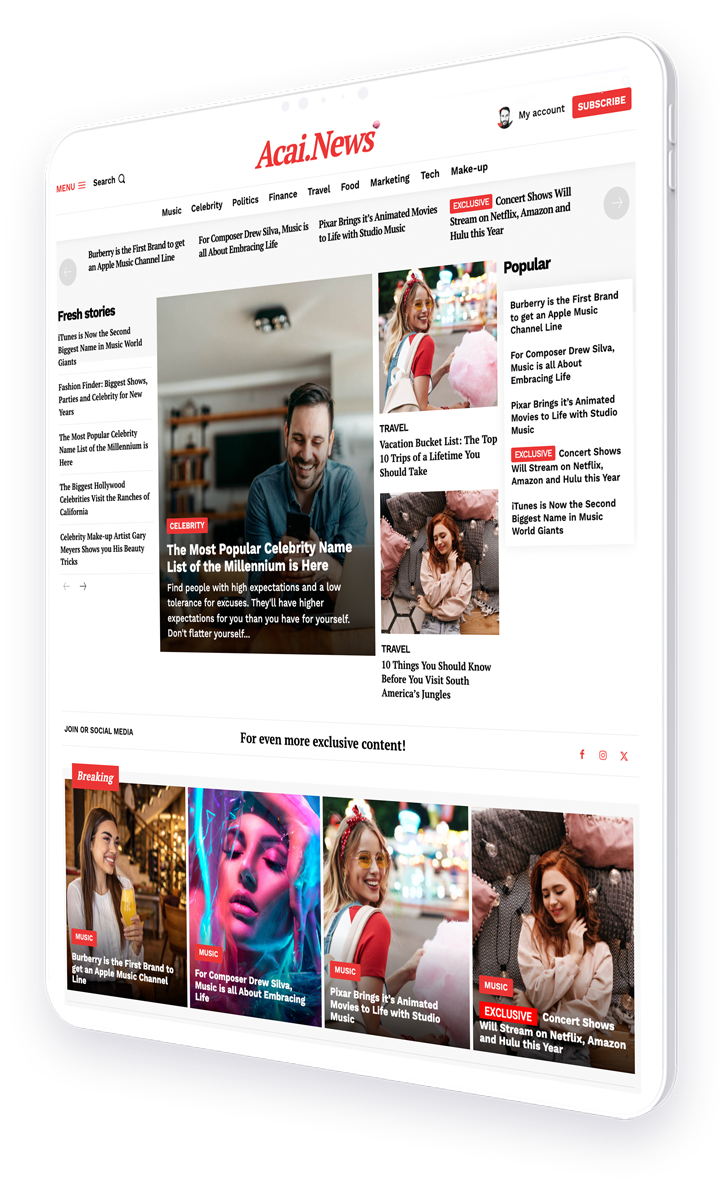Why modern inbound workflows are structured like editorial publications
In the digital age, the traditional B2B inbound funnel has evolved significantly. The advent of content marketing and the rise of digital platforms have led businesses to adopt strategies that are not just promotional but are informative and engaging. This shift has seen the B2B inbound funnel take on characteristics akin to those of a magazine, where content is king and audience engagement is paramount.
- The Evolution of B2B Inbound Marketing
- Why an Editorial Approach?
- Key Components of the Editorial-Inspired Inbound Funnel
- Implementing an Editorial Mindset in B2B Marketing
- Case Studies
- Conclusion
The Evolution of B2B Inbound Marketing
Historically, B2B marketing was heavily reliant on direct sales strategies. The digital transformation brought about a shift towards inbound marketing, which attracts customers through relevant and helpful content. With this shift, the role of content has evolved from mere support to being at the core of marketing strategies, much like the content found in editorial publications.
Why an Editorial Approach?
Adopting an editorial approach in B2B marketing involves curating content that is not only relevant and engaging but also consistent and strategically aligned with the brand’s objectives. Magazines thrive on delivering compelling content tailored to the interests and needs of their readership, a strategy that proves equally effective in the realm of B2B marketing.
Key Components of the Editorial-Inspired Inbound Funnel
- Content Calendar: Similar to editorial planning in magazines, a content calendar helps in organizing and scheduling content releases to maintain consistency and relevance.
- Target Audience Segmentation: Just as magazines have specific demographics, B2B marketing requires understanding and segmenting the audience to tailor content effectively.
- Engaging Content: Engaging articles, blogs, whitepapers, and case studies that inform and add value, akin to feature stories in magazines.
- Multi-Platform Distribution: Distributing content across various platforms to reach the audience wherever they are, similar to multi-platform publishing by modern magazines.
Implementing an Editorial Mindset in B2B Marketing
To effectively adopt an editorial mindset, B2B marketers need to focus on content quality, audience engagement, and strategic dissemination. This involves detailed audience research, the creation of persona-based content, and the use of analytics to track engagement and refine strategies.
Case Studies
Several leading companies have successfully implemented editorial approaches in their B2B marketing strategies. For example, a prominent software company restructured its marketing strategy around a central content hub, featuring articles, tutorials, and industry news that helped to double their lead generation within a year. Another example is a manufacturing company that launched a monthly digital magazine, leading to an increase in customer engagement and a 30% increase in sales leads.
Conclusion
The transformation of the B2B inbound funnel into a magazine-style format represents a strategic evolution in the way companies approach marketing in the digital age. By adopting an editorial mindset, businesses can engage more effectively with their target audiences, create lasting relationships, and drive sustainable growth. As this trend continues, the alignment of marketing strategies with editorial standards will likely become the norm rather than the exception.
For further reading on the evolution of B2B marketing strategies, visit HubSpot’s Inbound Marketing Guide.




